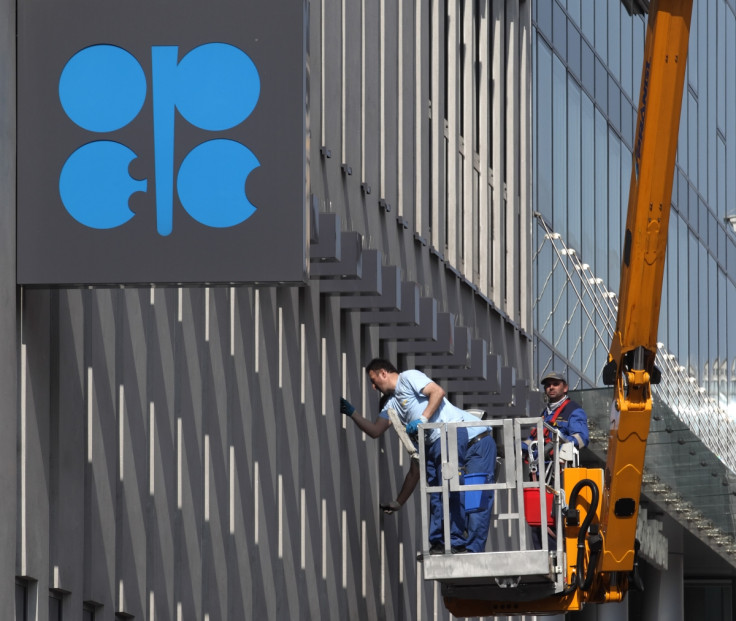Gold jumps past $1,255 following London terror attack
Safe haven buyers send gold, silver higher following suspected terror attack in the UK capital.

Safe-haven betters upped trading volumes in the precious metals market on Thursday (23 March) following a suspected terror attack in London, resulting in the deaths of three people, along with the lone terrorist, who was shot dead by armed police.
London Metropolitan Police sources suggest another 40 people from 11 different countries were injured, of whom 29 needed hospital treatment, and 7 remain in a critical condition at the time of writing.
Gold led the way with safe-haven investors dragging the yellow metal to an intraday high of $1,255.70 an ounce, before profit taking triggered a minor decline in early US trading.
At 5:17pm GMT, the Comex gold futures contract for June delivery was down 0.26% or $3.30 intraday to $1,249.50 an ounce, while spot gold was trading at $1,246.39 an ounce, up 0.20% or $2.45.
FXTM research analyst Lukman Otunuga said the risk-off trading environment has boosted appetite for safe-haven assets with gold becoming a popular choice. "Prices climbed to a three-week high with dollar weakness fuelling the upside momentum. While gold may find itself under pressure in the longer term when the dollar stabilises, risk aversion could uplift the yellow metal higher in the short term.
"From a technical standpoint, the fact that bulls have conquered $1,240 (on the daily charts) suggests that the upside still has some steam. A decisive breakout above $1,250 may open a path towards $1,260."
Nonetheless, wider City caution prevails despite recent safe-haven calls.
In a note to clients earlier this month, investment bank Morgan Stanley, which has a first quarter average price forecast of $1,210 an ounce rising to $1,225 by the end of the second quarter, noted: "While we are long-term bears on the gold price ($1,140/oz real), there's probably more short-term support to come. Why? Gold offers little return, beyond the preservation of wealth. But given the unclear global economic outlook, that's an excellent reason for some investors to own it."
Elsewhere, Comex silver was up 0.15% or 3 cents to $17.61 an ounce, while spot platinum was broadly flat at $962.48 an ounce.
Away from precious metals, misery in the oil and gas markets continues, as a minor price recovery in Asia earlier in the session proved to be short-lived, with global benchmarks sliding yet again during European and early US trading hours.
At 5:58pm GMT, the Brent front month futures contract was down 0.07% or 3 cents to $50.63 per barrel, while the West Texas Intermediate (WTI) was 0.46% or 22 cents lower at $47.82 per barrel, as the market continues to give more weight to the downside drag of higher US crude production versus upside pull of Opec cuts, ahead of crucial meeting between Russia, Saudi Arabia and others later this week under the auspices of Opec.

Some in the market appear to assume that Opec would extend its production cuts, announced on 30 November 2016 in concert with 11 non-Opec producers, beyond June. However, dissensions in the cartel's ranks appear to be on the horizon.
Data aggregator Argus reported that Opec member Ecuador, which had pledged to limit production to 522,000 barrels per day (bpd) for six months starting in January, down from an average of 548,000 bpd in 2016, would seek an exemption from any proposal to limit production beyond June.
Members Nigeria, Libya and Iran are already exempt from the current agreement calling into question the whole premise of such an extension. Meanwhile, crude inventories remain stubbornly high.
Overnight, the US Energy Information Administration (EIA) said the country's crude oil inventories rose by almost 5 million barrels to 533.1 million last week, well above aggregated market forecasts in the range of 2.7-2.9 million barrels.
Analysts at Vienna-based JBC Energy said total global oil inventory changes remain muted, but US crude stocks have now piled on a full 50 million barrels since the first week of 2017. "The relatively higher pressure on WTI, evident in a deeper contango at the front end of the Nymex WTI curve versus Brent, has kept the spread between the two benchmarks over recent days at more than $2.50 per barrel – as wide as it has been on a moving average at any point in the last 15 months."
However, given that this spread appears to cover the cost of bringing inland (e.g. Permian) crude to the US Gulf coast, JBC analysts opined that it "should be difficult" for the spread to widen out much further from its recent level.
© Copyright IBTimes 2025. All rights reserved.






















